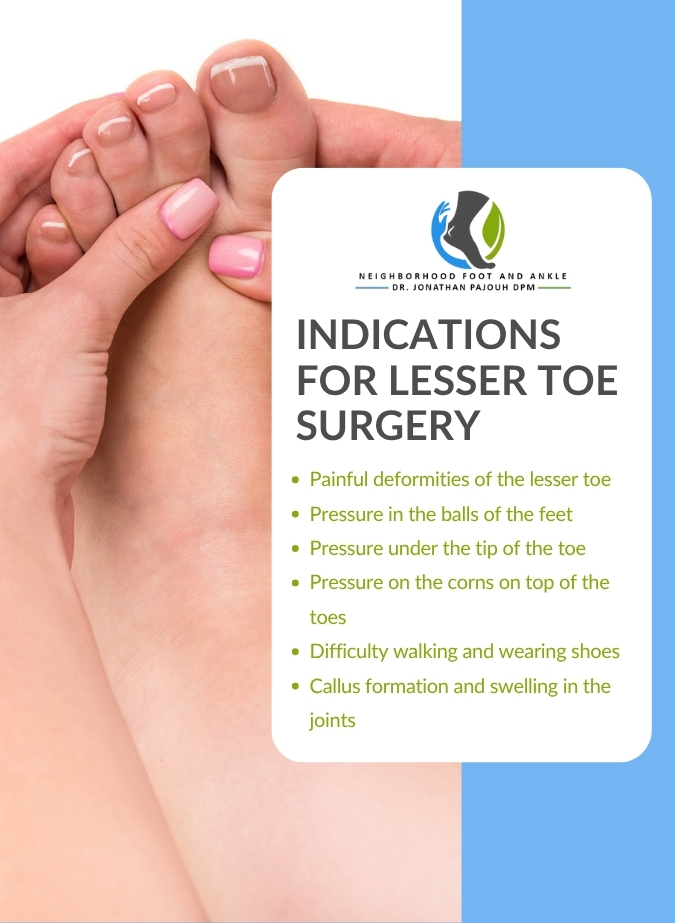
Understanding Post-Traumatic Reconstruction of the Foot and Ankle: A Comprehensive Guide
Did you know that traumatic injuries to the foot and ankle can lead to long-lasting pain and impaired function? For many individuals, such injuries are not just temporary setbacks; they can dramatically alter one's quality of life. This is where Post-Traumatic Reconstruction of the Foot and Ankle comes into play, offering a beacon of hope for restoring mobility and alleviating chronic pain. In this comprehensive guide, we will explore the intricacies of this specialized surgery, including when it's needed, the surgical process, recovery expectations, and more. By the end of this post, you will have a clearer understanding of how this reconstructive approach can greatly improve your or a loved one's life after a traumatic foot or ankle injury.
What Is Post-Traumatic Reconstruction?
Post-Traumatic Reconstruction of the foot and ankle refers to surgical procedures aimed at repairing the damage caused by severe injuries. After traumatic events such as accidents or falls, patients may experience complex issues such as fractures, dislocations, or damage to tendons and ligaments. These injuries can result in lasting pain, instability, and limitations in mobility. Therefore, understanding the mechanics of reconstructive surgery is vital for those looking to regain a normal lifestyle.
Indications for Post-Traumatic Reconstruction
This type of surgery is typically recommended in several scenarios:
* Severe Fractures or Dislocations: If broken bones do not heal correctly, reconstruction may be necessary.
* Joint Instability or Deformities: Trauma can lead to conditions like flatfoot or post-traumatic arthritis.
* Chronic Pain or Disability: Patients suffering from long-term issues stemming from previous injuries are prime candidates for surgery.
The Surgical Process
Preoperative Assessment
Before the surgery, a comprehensive evaluation by a specialist is essential. This may involve the following:
* Imaging Studies: X-rays, CT scans, or MRIs are typically performed to assess the extent of damage.
* Medical History: An in-depth discussion about the patient’s previous injuries and existing health conditions will help guide treatment.
Surgical Techniques
Post-Traumatic Reconstruction may involve a variety of surgical techniques, including:
* Bone Realignment: Surgeons may need to reposition bones to ensure proper alignment and healing.
* Ligament and Tendon Repair: Injured or torn ligaments may need to be stitched together or replaced with tendon grafts.
* Joint Fusion: In extreme cases, fusion may be performed to stabilize the joint and relieve pain.
Recovery and Rehabilitation
* Immediate Postoperative Care: Following the surgery, initial recovery takes place in a clinical setting, often requiring immobilization to promote healing.
* Physical Therapy: After a period of rest, rehabilitation exercises become crucial to restore strength and mobility.
* Long-Term Outlook: Most patients will experience significant functional improvement over several months. Follow-up appointments will monitor healing progress.
Risks and Considerations
While generally safe, like all surgical procedures, Post-Traumatic Reconstruction has potential risks, including:
* Infection: As with any surgery, there is a chance of infection at the incision site.
* Nerve Injury: There may be unintended nerve damage during surgery.
* Nonunion of Bones: Sometimes, bones don’t heal as expected, requiring additional interventions.
Lifestyle Changes
For many after surgery, there are lifestyle adaptations that need to be made, such as:
* Maintaining a healthy weight to reduce stress on the joints.
* Engaging in low-impact exercises to improve strength without causing further injury.
* Possible dietary changes to support healing and overall foot health.
Success Stories
Many patients report positive outcomes after undergoing Post-Traumatic Reconstruction. Successful rehabilitation allows individuals to reclaim their mobility and quality of life. First-hand accounts can provide hope and encouragement for those considering surgery.
Who Is a Candidate?
It is essential for individuals with significant injuries to consult with an orthopedic specialist. Each case is unique; therefore, thorough examinations and personalized assessments will determine eligibility for Post-Traumatic Reconstruction.
Next Steps
If you or someone you know is suffering from debilitating foot or ankle pain following a traumatic injury, consider reaching out for a professional consultation. It's critical not to ignore these symptoms, as timely intervention can prevent chronic complications.
Where Do We Go From Here?
To summarize, Post-Traumatic Reconstruction of the foot and ankle offers a lifeline for individuals facing the debilitating consequences of trauma. Understanding the process, risks, and recovery expectations is vital in making informed decisions about your health. If you’re considering surgery or seeking alternatives, take the next step today.
Book Your Appointment
If you're struggling with the aftermath of a foot or ankle injury, schedule a consultation with Dr. Pajouh to discuss your treatment options. https://www.zocdoc.com/doctor/jonathan-pajouh-dpm-320983
